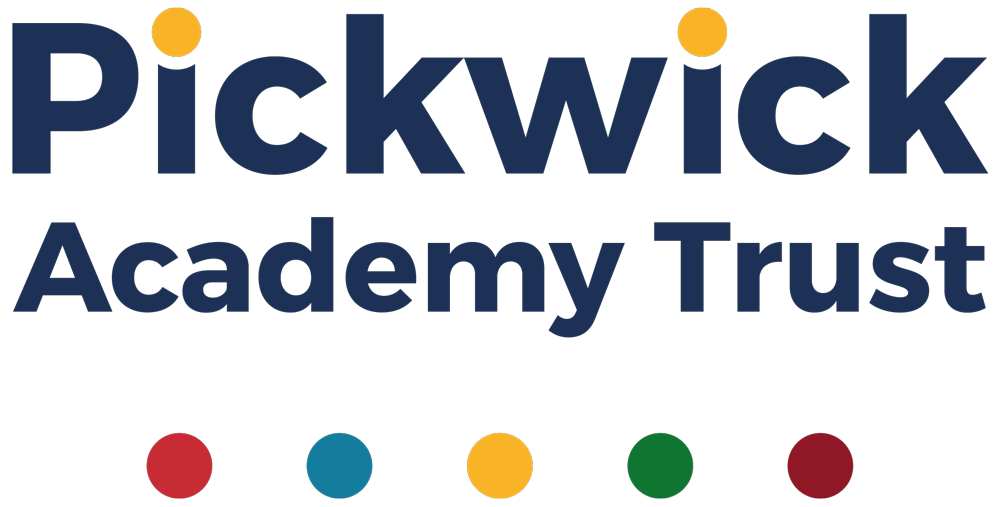Art & Design
At Ivy Lane, the teaching and learning of Art and Design Technology focusses on enabling children to think as artists, designers and engineers. The objectives of Art and Design Technology teaching are based on the requirements of the National Curriculum programmes of study for Key Stages 1 and 2.
Art and Design Technology are both taught as part of our Curious City Enquiry curriculum. During each year children will encounter at least one enquiry where Art or DT are the lead subjects, in addition they will also be taught Art and DT during enquiries where these are supporting subjects.
In both Key Stages 1 and 2 children focus on four strands for Design Technology:
- Design
- Make
- Evaluate
- Technical Knowledge
IMPLEMENTATION
- Experience a range of materials creatively to design and make products.
- Immerse themselves in a range of art and design techniques through experimenting with colour, pattern, texture, line, shape, form and space.
- Opportunities to design, make and evaluate functional and appealing products for a purpose and for a range of contexts, for example mechanical systems, structures and electrical systems.
- Identifying, examining and solving practical problems involving the production of artefacts or systems using a variety of approaches, methods and materials to build children’s confidence and resilience.
- Experience cooking and begin to learn how to cook whilst following the principles of a healthy diet.
- Opportunities to work in flexible groupings using a variety of scales and dimensions.
- Critically evaluating their own products against a design criteria, support others to complete this process and understand how adaptations and improvements in design and technology have helped to shape the world.
- Sketchbooks are used regularly to record, collect and explore ideas and images, providing an essential record of an individual child’s experiences, skills and ideas.
- Identify and develop the visual elements in art, and giving time to explore and experiment with tools, techniques and media.
- Consideration is made for the theme or mood of a variety of works of art, and begin to make connections between artists and their own work.
- Opportunities to explore the work of famous artists, local artists and crafts people, arousing the children’s curiosity by posing questions and stimulating enquiry. Visits to museums, using artefacts and reference books should be readily available for children to develop a greater awareness and appreciation of artists.
- Opportunities and discussions where children recognise the different approaches taken by artists, crafts people and designers in their work.
This is achieved through activities such as:
- Going on educational visits in the local area and places further afield in the UK.
- Working with a range of resources to develop an understanding of different techniques and design processes.
- Creating learning journeys as a class that explore lines of enquiry.
- Linking our art and design technology work at school to the wider community so that pupils can draw upon experiences to link with their learning.
- Observing the natural and made environments, using memory and imagination. Children are able to use art as a medium to give expression of their world, developing an increasing ability to analyse and record the world around them.
- Sharing learning as a class and supporting each other to develop and improve aspects.
- Children’s art work is celebrated through classroom and hall displays, and these should consist of both 2 and 3 dimensional work, providing teachers and children with the opportunity to see art work produced by other children.
EARLY YEARS
In Early Years, art and design technology is related to ‘Expressive Art and Design’ as set out in the Early Years Foundation Stage Curriculum and it is about the children beginning to use what they have learnt about media and materials in original ways, thinking about uses and purposes. They represent their own ideas, thoughts and feelings through design and technology and art activities. They learn to safely use and explore a variety of materials, tools and techniques, experimenting with colour, design, texture, form and function.
KEY STAGE 1
In Key Stage 1, art and design technology is about experiencing a variety of creative and practical activities that starts to develop knowledge, understanding and skills of designing, making and different art techniques. This acts as the foundation so that when the children reach Key Stage 2, they have enough knowledge and experience to be able to critically evaluate art and design pieces whilst also developing their own ideas and techniques taking inspiration from ‘the greats’.
KEY STAGE 2
In Key Stage 2, art and design technology is about developing techniques, control and using of materials. Children will also develop their knowledge, understanding and skills needed to engage in the process of designing and making. They will also have the opportunity to work in a range of relevant contexts, for example, outdoor areas, home, school and the wider environment.





